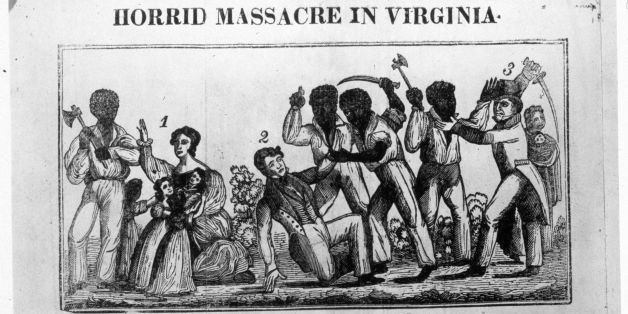


The Confessions of Nat Turner is a deposition taken by a white attorney and slave owner named Thomas R. Perhaps some reader of this volume will begin the project." This is an excellent suggestion for those teachers who also guide the work of graduate students. Greenberg concludes, "We are ready for a new retelling of the Nat Turner story. The most appealing aspect of Greenberg's concluding segment on the recent historiography of the Nat Turner Rebellion is his observation that this event has been relatively unexplored since 1975 (Stephen B. Greenberg supplies 74 endnotes for this introductory essay. (7) "Retelling the Story" (with emphasis on the controversy surrounding William Styron's historical novel) (6) "The Virginia Debate Over Emancipation" (3) "The Text" ( The Confessions of Nat Turner)

(2) "The Setting"-including maps of Southampton County, Virginia and the path of the Nat Turner Rebellion (1) "Nat Turner: The Man and the Rebellion" Greenberg's introduction ( The Confessions of Nat Turner: Text and Context) contains the following: Students seldom, if ever, read an author's prefatory remarks and these focus questions would help students or other readers in understanding the historical significance of the Nat Turner Rebellion. These are excellent focus questions for students, for working through primary sources is never an easy task for undergraduates.Ī teacher adopting this documentary reader could serve students well by creating a pre-assignment handout for students that contains Greenberg's eight focus questions. (1) Who was Nat Turner? (2) What were his thoughts and motives? (3) Was he part of the African-American tradition of slave resistance or was he unique? (4) What led to the insurrection in Southampton County, Virginia? (5) How did masters and political leaders react to the rebellion? (6) What do these reactions reveal about the ruling group's attitudes toward slavery and slaves? (7) How did African-Americans react to the rebellion? (8) What were the ultimate results of the revolt? To understand the historical significance of the Nat Turner Rebellion, Greenberg poses several questions for readers: However, Greenberg argues that the Nat Turner Rebellion is a vitally important event in our history, for the insight it provides about slavery, the nature of antebellum society, and African- American traditions about resistance to slavery is significant. Sixty to eighty active slave rebels killed sixty or fewer white victims in August 1831. Greenberg acknowledges that compared to slave rebellions in Latin America and the Caribbean the Nat Turner Rebellion was quite small.
Nat tuner slave rebellion primary sources excerpt series#
Each volume in the Bedford Series is short enough and inexpensive enough (in the opinion of the Advisory Editors) to be a reasonable one-week assignment in a college history course. Joining the document is some element of historical narrative-an introduction or a biographical essay-that gives readers an analysis of primary source material and places that material in historical context. Each volume in the series ( Nat Turner is the fifth.) contains an important document or group of documents. May, is based upon the premise that students can study the past as historians do. The Bedford Series on History and Culture, under the guidance of Advisory Editors Natalie Zemon Davis and Ernest R.


 0 kommentar(er)
0 kommentar(er)
